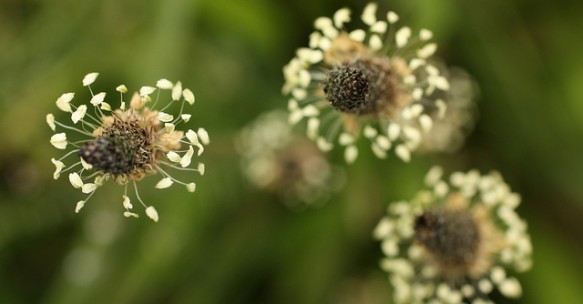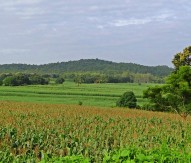
Habitat fragmentation increases plant disease vulnerability
A study part-funded by a European Research Council Starting Grant has revealed that proximity to other meadows increases disease resistance in wild meadow plants.
The study, led by Anna-Liisa Laine at the University of Helsinki, analysed the epidemiological dynamics of a fungal pathogen in Finland.
More than 4,000 Plantago lanceolata meadows and their infection status were surveyed in the Åland archipelago of Finland University of Helsinki, . The surveys have continued since 2001, resulting in one of the world’s largest databases on disease dynamics in wild plant populations.
Laine said: “Contrary to expectations of ecological laws, there was less disease in those areas of the landscape that supported dense meadow networks. This suggests that disease resistance has increased in these areas where there’s more gene flow between the plant populations. This hypothesis was confirmed in a laboratory study where we measured a higher susceptibility to infection in plants originating from isolated meadows. The results are a powerful demonstration that while plants stand still, their genes don’t. Landscape structure strongly impacts how pollen and seed travel, shaping the genetic diversity of local populations.”
In nature, Laine added, diseases appear to be “between the devil and the deep blue sea” – either their host populations are small and fragmented or, when abundant, they have evolved higher levels of disease resistance.
Pathogens and pests are not unique to agricultural environment as wild populations also host diverse pathogen communities. However, devastating epidemics that are characteristic of agricultural pathogens are rarely documented in nature.
According to Laine, the mechanisms that keep diseases “in check” in nature are poorly understood. Most epidemiological research targets the phase of rapid disease spread. However, much could be learned by studying the mechanisms that enable long term persistence of infection at moderate levels. The Plantago meadow network is ideal for this purpose as typically less than 10% of the meadows are infected.






